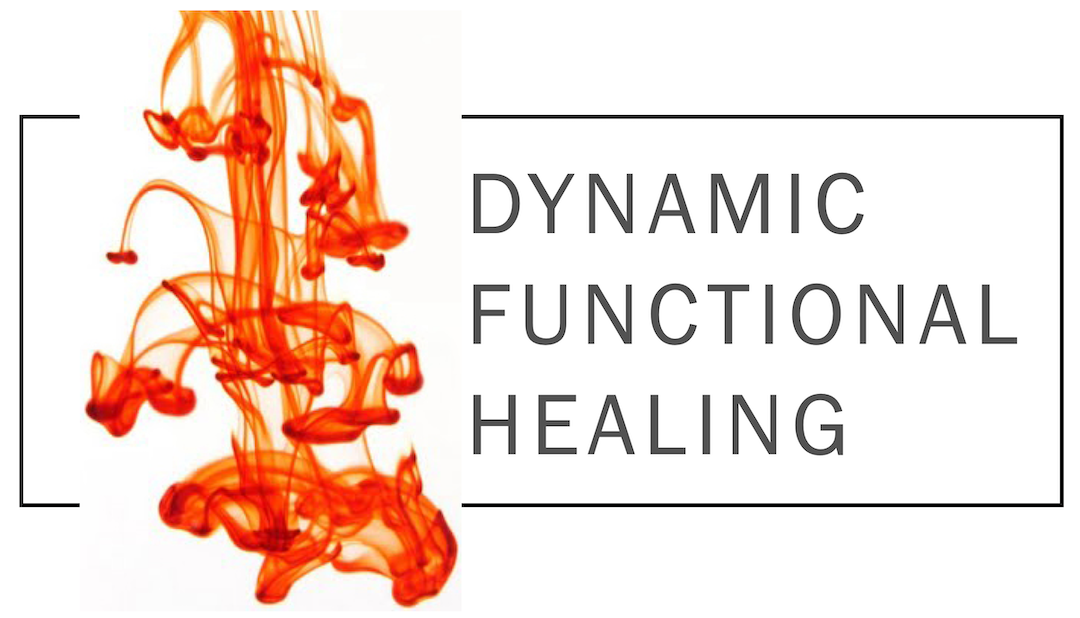Lymph circulation is the waste management system of our bodies. It transports waste materials (toxins, dead bacteria and cells, cancer cells, dietary fats from our digestive system, interstitial fluid, etc.) out of our bodies. Lymph travels just under the skin through vessels. It is cleaned in the nodes and eventually returns to the whole blood in the circulatory system. Unlike blood, which has the heart to pump it, the lymph has no pump to keep it flowing. It is entirely dependent on external factors in order to operate optimally. Here are some ways to keep it moving:
- pumping action of your gastrocs through walking or running
- massage, particularly the light, directional, rhythmic lymph drainage massage
- jumping, particulary on a rebounder or trampoline
- skin brushing
- hydrate
- deep breathing
- hot & cold treatment
- stillingia tincture
- Qi machine
